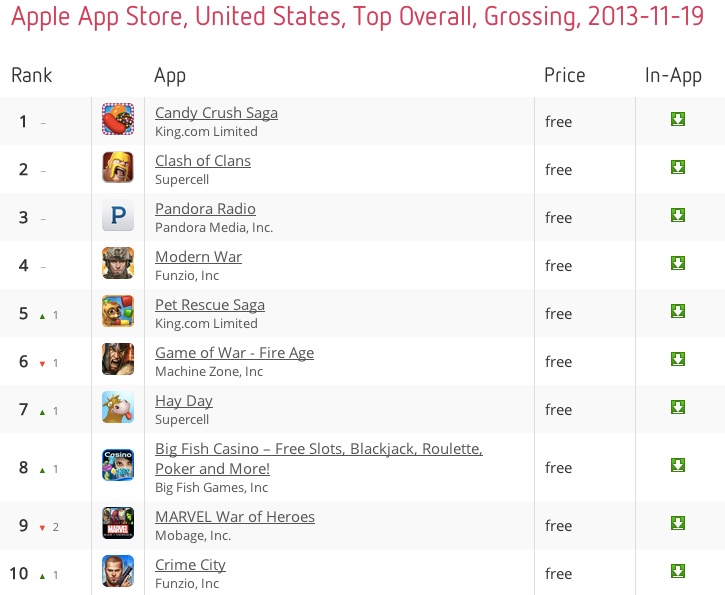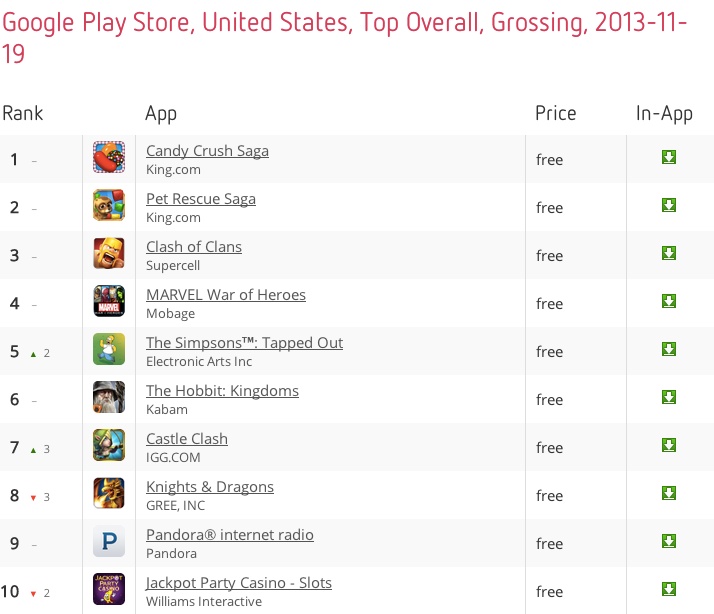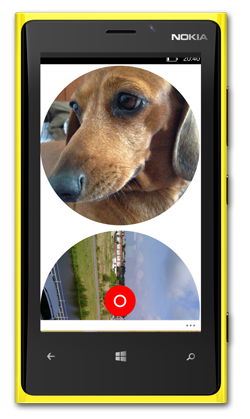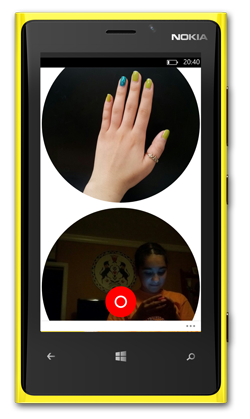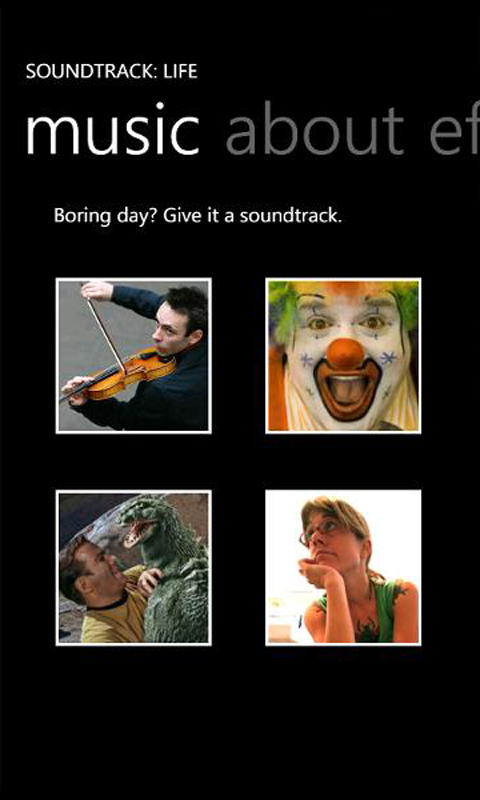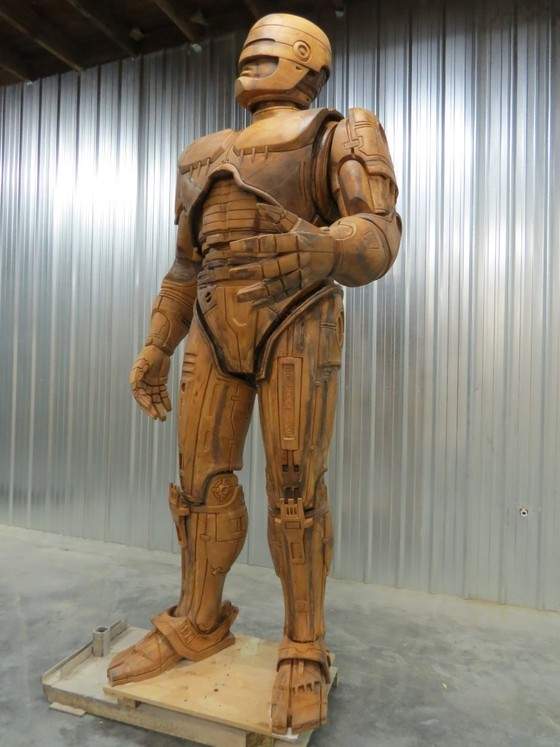
Detroit City is about to erect a gigantic statue of their three-time hero Robocop – the part man, part machine crime-enforcing cyborg. As fantastic as the story is, every day there is more and more science in the fiction.
Peter Weller’s character had to die before being packed into the giant metal suit and coming back to life as the bionic-enhanced supercop; but in the real world, it turns out we are all actually becoming more bionicly enhanced every day.
Take the well-known artificial cardiac pacemaker, a device which is implanted into the body that uses electrical impulses to regulate the beating of the human heart.
Part man, part machine?
The first experiments concerning artificially regulating the heart were conducted in 1899, and the first working prototype was assembled by some Aussies in 1926. Since then this man-made bionic improvement has helped save the lives of thousands of people.
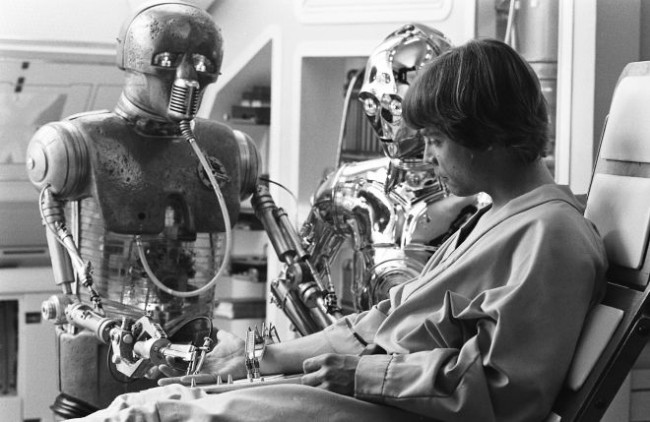
Or take the humble hearing aid, which has improved or returned hearing to millions of people since the first one was invented in the 17th century. Then there are bionic limbs, helping people like Oscar Pistorius do what they do. Medical scientists are actually getting closer and closer to having real Luke Skywalker-type bionic limbs.
Although these bionic technologies have been around for a long time, until now they have focussed primarily on restoring or correcting defects (hearing loss, amputations, etc). Now, the internet and the variety of connected devices we carry with us every day are opening up a new world of bionic enhancements, accessible to everyone.
We already use our smartphones to replace our memories. Who knows anyone’s telephone number off the top of their head anymore? To-do applications like Wunderlist and note-taking applications like Evernote are becoming our long-term memory, and turn-by-turn navigation has not only replaced the paper street directory but most of our sense of spatial recollection as well (unless you’re a London cabbie).
With our smartphones constantly on the internet, the answer to any question is just a few taps away. Who was the last King of the Tudor dynasty? When did the Boer War end? Google or Wikipedia are with you – on the couch, on the bus, or in an exam.
Is this a form of bionic memory enhancement?
While our smartphones, tablets and PCs, and our always-on connection to the cloud, replace our memories and more and more become our primary interface to interact with the world, new forms of wearable technology will enhance us and our bodies even further.
Sports-sensors like the FitBit or the Nike+ Sports Watch track our movements and give us feedback on performance. They can even be programmed to tell you when you haven’t walked far enough or drunk enough water today.
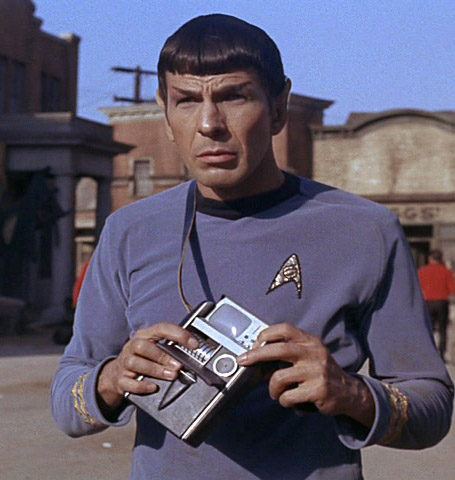
A $10 million X-Prize is fuelling a race to make the famous ‘Tricorder’ from Star Trek, a hand-held scanner that can detect any known human illness, a reality. The leading entries focus on using complex sensors to generate gigabytes of data about the body in a scan to be used to diagnose illnesses like cancer, or detect a heart attack before it strikes.
Is using sensor data to monitor your body a form of bionic enhancement?
The watch-phone, or ‘smart watch’, like Samsumg’s planned device or Apple’s rumoured ‘iWatch’, embeds our smartphone and, by extension, the whole power of the internet, closer to us (in us?) than ever before. Now we can communicate with each other wirelessly, just by telling our wristwatch to call somebody, and without having to get out our phone or hold it to our ear. It’s almost as good as telepathy.
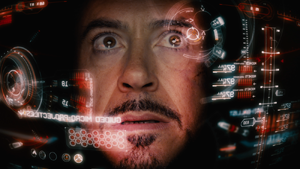
Augmented reality headsets like Google Glass give us the power to retrieve information from the web at a glance, and layer it over our field of vision in a constant heads-up display. Smart contextual algorithms will decide what to show us at any time. We can be notified of our upcoming appointments or upcoming changes in the weather, or the in-built camera could even identify the person we are talking to and start to lay over important information about them in your field of view.
Building on visual heads-up displays like Glass are technologies like Augmented Reality Audio (ARA). Using binaural headphones ARA headsets can blend additional audio sources with what you’re hearing in the actual world, and do so based on our location, the time of day or even how you’re holding or moving your head. These headsets also have microphones built in that can not only create noise cancellation, but potentially give the wearer vampire-like super-hearing, or even allow you to select a single audio source from the environment (a barking dog, for example) and just blend it out.
An ARA headset can not only help improve our abilities, but can actually start to change our perception of the environment around us. This is not only a true augmentation of reality, but a significant enhancement of ourselves.
We’re entering an age now where our bodies and our perception of reality will become continually enhanced by the devices and sensors that we wear or that we are connected to. I hope that we are able to retain our humanity and our humility as we continue to defy Darwin and evolve ourselves into the future.
